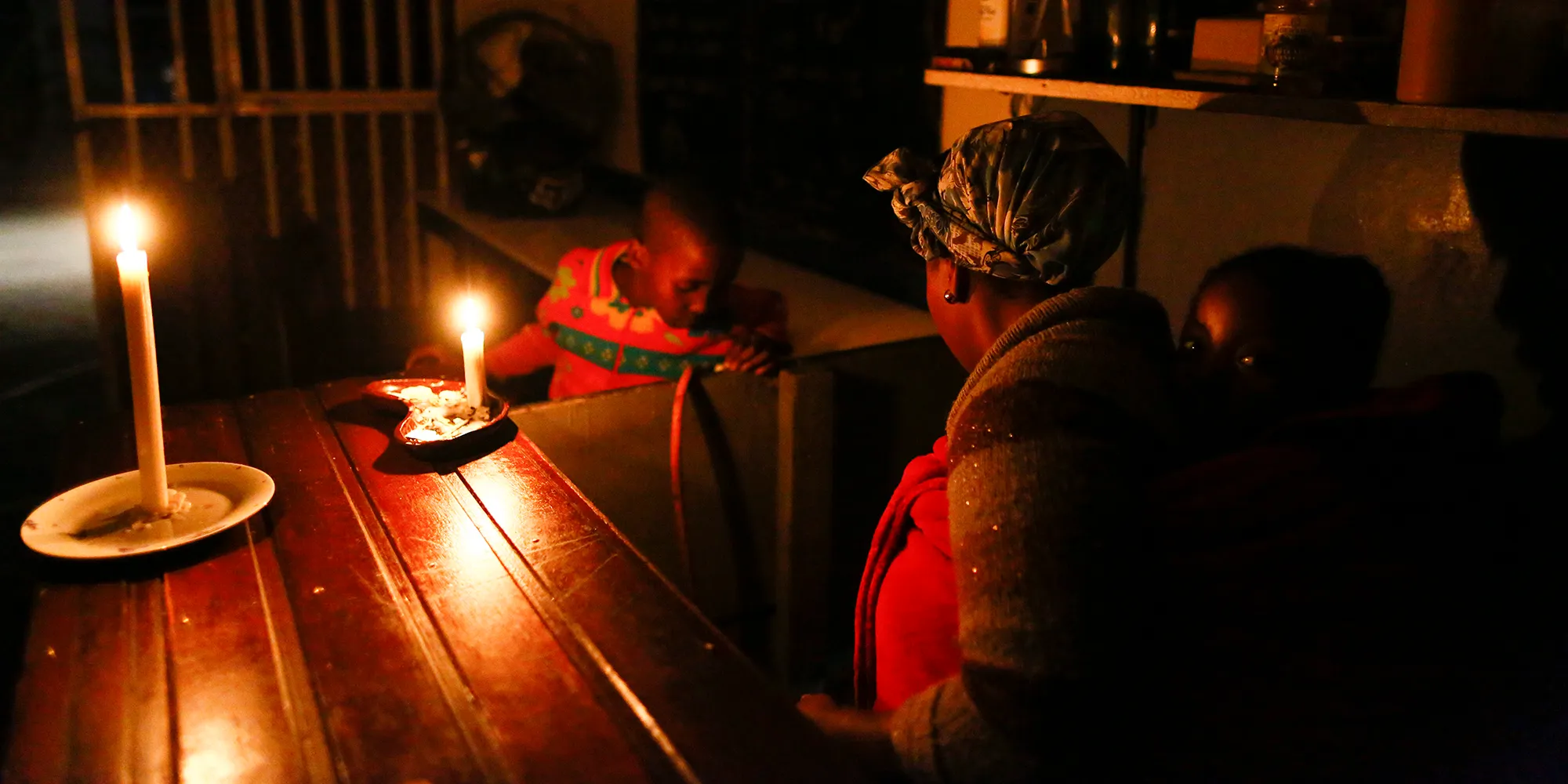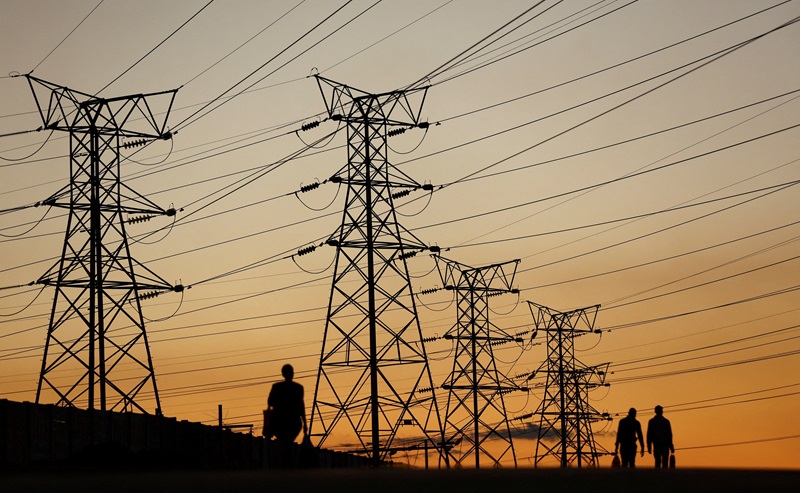South Africans faced a dark 2023 with a record-breaking 332 days of load shedding last year, up from 205 days in 2022, according to EskomSePush.
In May, Bloomberg reported that South Africa was ahead of its target for cutting greenhouse gas emissions, mostly thanks to intense load shedding. At the same time, South Africa’s rooftop solar capacity increased by 349% from March 2022 to June 2023, an unprecedented boom showing the extent to which private citizens and businesses are handling their own electricity needs.

Although the rapid household move to renewable energy sources is for reasons less celebrated, being borne out of necessity due to the country’s energy crisis, it is an achievement that presents a unique opportunity for South Africa to lead a global shift towards sustainable energy that is driven, at least in part, by individual households.
The rise in rooftop solar capacity shows how quickly South Africans can demonstrate resilience and innovation to advance the country’s much-needed energy transition. Not only do solar rooftop installations empower consumers with greater control over their electricity during load shedding, but they also simultaneously mitigate the severity of power outages when they happen.
Despite a gloomy 2023 for South Africa’s national grid, there were also some promising signs of cooperation and engagement between the private sector and government. The National Energy Crisis Committee (NECOM), framed under a partnership with Business for South Africa and backed by over 130 CEOs of the country’s leading companies, is a step in the right direction.
Last year, South Africa’s finance minister introduced a tax framework for the 2023/2024 tax year to incentivise individuals to install solar panels at home to reduce dependence on Eskom. This was an acknowledgement of the crisis’s existence and some financial relief in the form of up to R15,000 tax assistance to help more households secure solar power.
With the solar energy incentives cut from the 2024 budget, consumers need to embrace solar as not just a necessity or a social conscience purchase, but also one that will help adjust the GDP deficit from load shedding, that according to the South African Reserve Bank, was reduced in 2023 by an approximate 1,8 percentage points. This, together with the potential of a national feed-in tariff framework, has the potential to be game changers locally.
Examples of the power of these approaches can be seen in Vietnam where feed-in tariff’s were successfully rolled out aiding in a subsequent rooftop solar boom.
A country that was once heavily dependent on coal for electricity generation now has more than 101 000 rooftop installations on homes, offices and factories, creating a 25-fold increase in its solar generating capacity in just one-year according to the World Economic Forum. As a result, Vietnam was one of the fastest growing renewable energy markets in Asia, all because of a well-priced and structured national feed-in tariff.
This economic feasibility of selling excess solar power back to the grid needs careful consideration. The true potential of solar energy lies not only in its environmental benefits but also in its ability to provide tangible economic returns to households.
Drawing inspiration from the telecommunications industry, where the distribution and infrastructure operate symbiotically, could be a model to be replicated in our energy sector. This approach would streamline the government’s focus towards transmission while private entities manage generation, creating a more sustainable and economically viable ecosystem.
South Africans are understandably frustrated by load shedding and the ever-increasing electricity costs
Given the negative impact on daily life, from commuting to cooking dinner and having less discretionary income, it’s easy to forget that other countries are, or will likely face national energy shortages of their own in the future. Whether through failure to meet ordinary consumer demand or unfortunate external factors, reliance on non-renewable energy is not without risk anywhere in the world.
The aftermath of the worst of the COVID-19 pandemic in 2021 was quickly followed by the war in Ukraine and now Israel, which has led to a widespread global energy crisis where many major economies had to contend with shortages and increased prices in oil, gas, and electricity markets.

There is an opportunity for a South African vision that goes beyond solving the current energy crisis and transforming it into an opportunity. There’s a chance to demonstrate how sustainable energy solutions can be implemented effectively at a household level and contribute positively to the country’s economic and social well-being. The private sector, along with forward-thinking policy measures, can pave the way towards a more sustainable and resilient energy future.
Watch this space for updates in the General News category on Running Wolf’s Rant.
Like what you just read? Subscribe To Our Newsletter to stay in the loop.
Feel free to explore our website or check out our Featured Articles.
Looking for a gift for that special person in your life? Check out Netflorist.co.za, South Africa's top online florist and gift service. They offer flowers, gifts, and hampers for all occasions AND reliable nationwide delivery.



